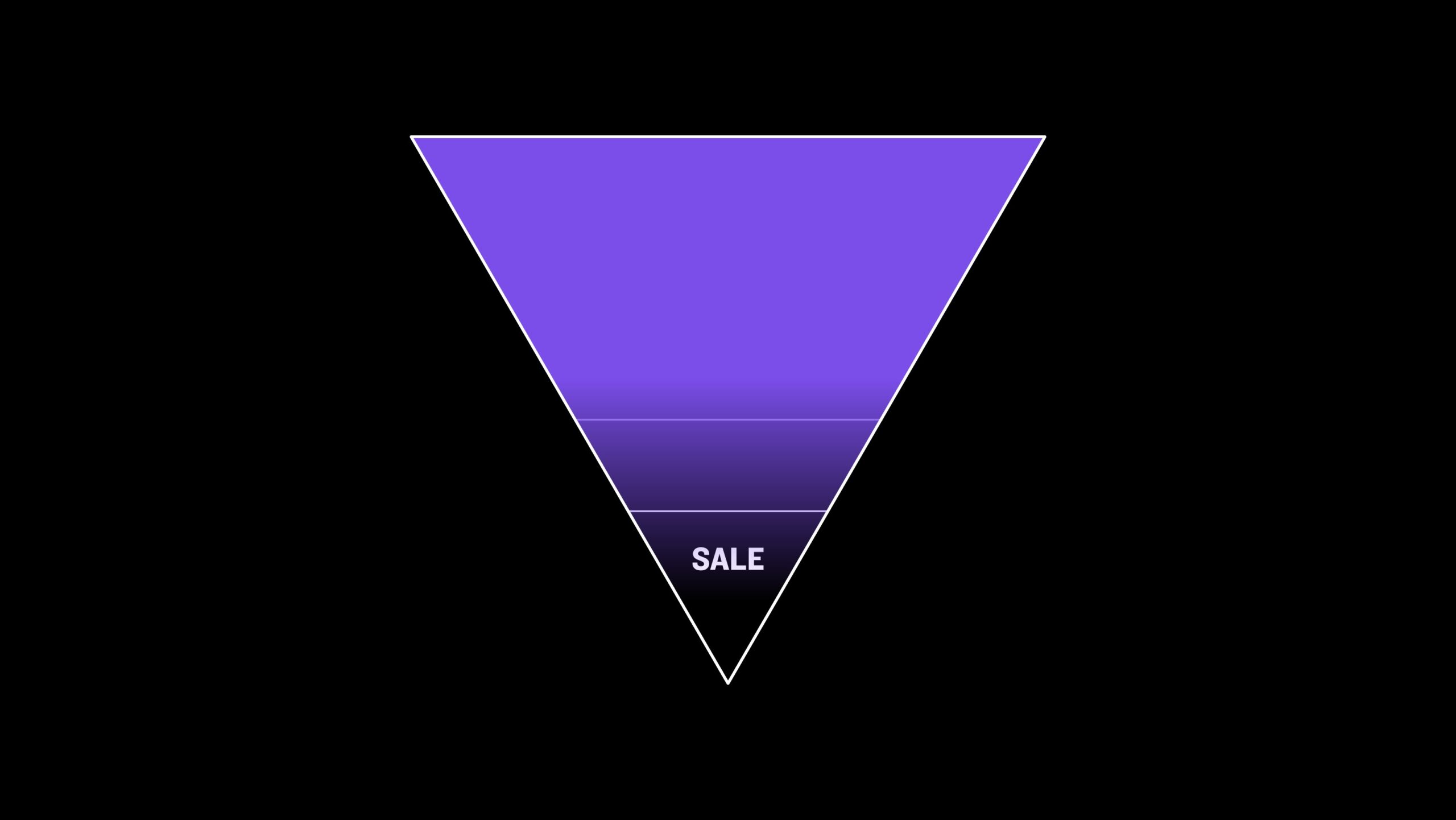Article last updated on August 18, 2019
In this article you will learn how to structure your entire conversion funnel which will lead to more sales on your website and improve awareness about your brand.
One thing before we dive deep into each part.
This post is packed with a ton of value.
You can use/implement some parts and some not.
It all depends in what kind of business you are in, and I believe there is something for everyone.
You just need to recognize which funnel you need to improve, follow the steps and take action.
Introduction to Conversion Funnel
Conversion Funnel helps you and your website visitors to accomplish the desired goal.
For them, it’s maybe the benefit of what they will get from your product or service and you will have a new customer/client/lead.
Infographic

Conversion Funnel needs to provide a bespoke user experience so that people coming to your website and go through the entire funnel don’t feel “pushed” into buying.
If they are already on your website and not bouncing out, it is likely that they want to take action, but you need to take proper steps in order for them to make a final decision.
In a nutshell, this is what you will learn today.
What is Conversion Rate Optimization

First, you need to track results on your website.
What Gets Measured Gets Done
Conversion rate optimization is very simply the act of increasing the percentage of people that take the desired action on your site or to do the behavior you want them to do.
If you want your user to read another blog post that’s conversion if you want your user to enter their e-mail address, that’s conversion, if you want a user to purchase on your site, that’s a conversion.
Sometimes people incorrectly assume that conversion rate optimization is only increasing the total number of people that are purchasing on your site, that’s not true.
So before we really dive into the conversion rate optimization I want to just shortly mention something on product market fit.
Be in the market with a product that can satisfy that market.
When you are before the product-market fit, focus obsessively on getting the product market fit.
Do whatever is required to get the product market fit, including changing out people/target market, rewriting your product, moving into a different market, do whatever is required.
Long story short, conversion rate optimization does not work if your product sucks.
So please keep that in mind if you don’t have product-market fit.
If people aren’t interested in your product none of this matters.
You can even take a look at my about page where I directly say and describe who is my product/service market fit. This has improved the quality of clients and conversion rate that I am getting.
Please don’t go forward unless you’re absolutely certain that you’ve reached product-market fit.
Conversion Funnel Framework
The entire funnel has 3 major “layers” and all of them are very important if you want your website to really perform.
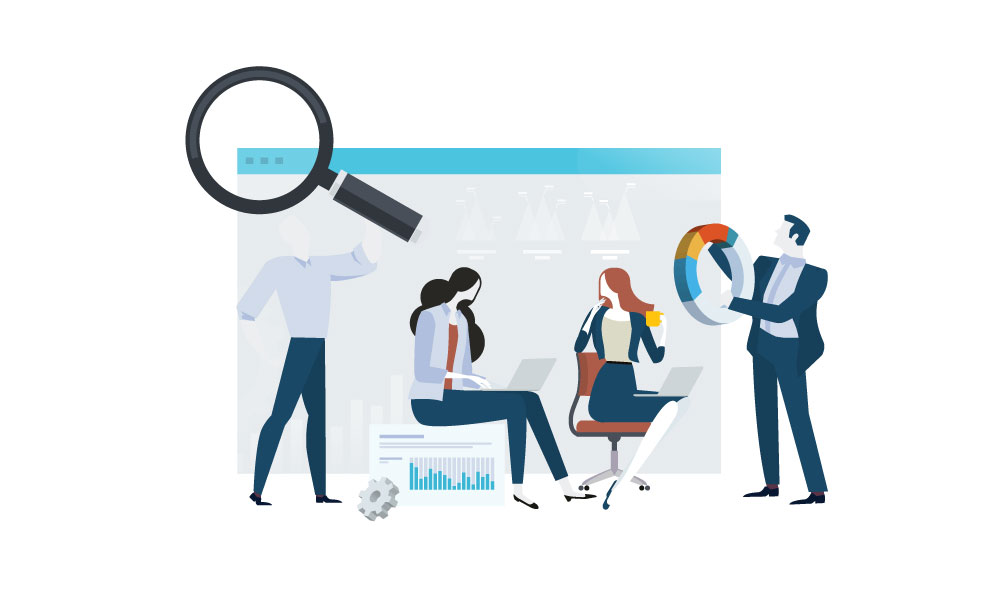
Here is an overview of these 3-part funnels:
Top of the funnel overview
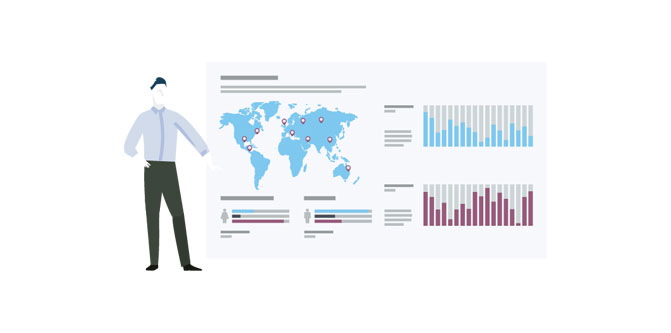
In order for people to hear about your website, they will usually find it through: Google, Social Media or maybe through a paid channel through Facebook ads or Google AdWords.
Maybe you think you have a great funnel, but how are people hearing about you?
Maybe you are thinking that you need to increase traffic, getting more people to your site, but is that traffic that you’re getting quality i.e. your ideal audience?
Make sure even if you’re getting a lot of traffic but if the bounce rate is over 80-60%, that’s probably not ideal. Shoot for bounce rate overall under 50%. So make sure the top of the funnel traffic you’re getting is quality.
To see what king of traffic you are getting, use Google Analytics.
Look at the time on site or pages per session

Let’s say that you have an e-commerce site and people only go to two pages and you know it takes three to four pages to even check out or add something to cart.
Then check what is that main point of friction.
Here are just the main things that can cause that:
- Your page load speed is very slow (if it takes over 5 seconds to load the page)
- You don’t have great images so people don’t see it as trustworthy
- Your website design looks sketchy and not clean
To test page speed you can use Pingdom or a Experte’s Page Speed tool. Both tools will give you solid info on your website page speed.
Ask yourself, are people actually engaging with the content you have.

These are kind of some of the main goals were looking at to see if the marketing tactics were doing for the top of the funnel if they’re working or if they’re not working.
Middle of the funnel
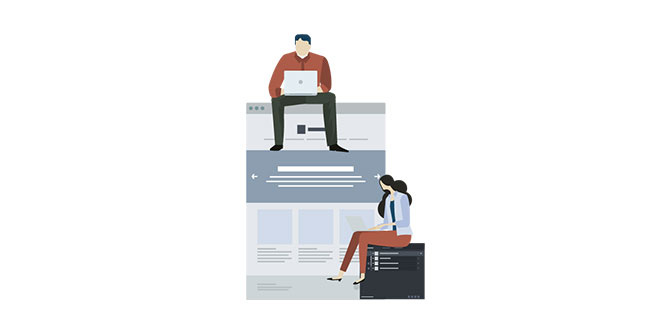
Once people get to your website are they doing what you want them to do, whether it’s creating an account, give some sort of information, upload a photo, maybe just give an email address…
Are they doing what you want them to do or are they going down the path you want them to go to eventually get to the bottom of the funnel?
Let’s say you have an exit intent pop up where you give some sort of piece of content in exchange for an email address.
If you don’t know, exit intent pop up is simply a pop up on your website when someone wants to leave the page. In this post, you can see a couple of examples.
If you get over 7% sign up rate, that’s pretty strong, I’d be really happy with that. But what if it’s under 1% you might want to work on some other experiments that you could run to increase that.
What is the number of leads that you’re getting?

Whether if you’re a B2B company or B2C company, at the end of the day you’re trying to get someone in your funnel to eventually do some sort of transaction whether that’s online or offline.
So really you know what is the conversion rate for getting new leads, creating accounts, giving an e-mail address, scheduling a demo, whatever that main form is etc. know what are the numbers for that.
Bottom of the funnel
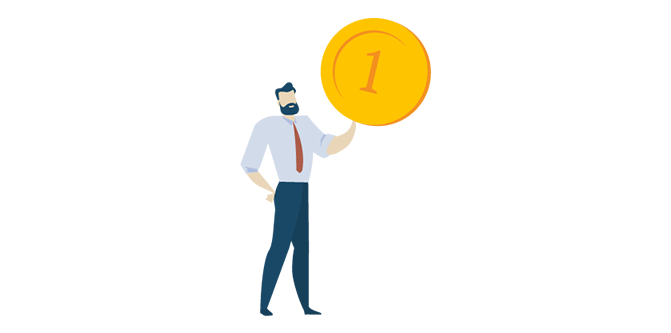
That can be eventually adding something to the cart, entering in credit card information, or opting in to pay with PayPal.
So, we’ve turned this visitor into a customer i.e. they’ve done a transaction or desired action with us.
That’s great!
Now, how can we then turn that customer into a marketer where they tell their friends and their network about you? Think about this, but I will go deeper into this later in the article.
This is important because if you get everything figured out along the way, then you’re on to something where you have the power to know where/how to hit the goals you want.
Whether that’s conversion rate from an e-commerce site or it’s just the amount of demos you can get set up for the more sophisticated B2B service.
So that’s all we’re going to talk about diving into all phases of the funnel and seeing what are the tactics and best practices you can implement whether you have a B2C company or a B2B company, business to consumer or business to business.
Important Terms
Here are some kind of basic metrics/terms, and questions to look at when you’re evaluating your funnel.
Baseline Conversion Rate

If you have an e-commerce site and you’re selling a product from $50 up to about $300, I would say that a baseline conversion rate for that, is around 2%. So where do you stack up relative to?
Maybe you have a 4% conversion rate. Because maybe it’s a really fast site, your images and your videos are high quality, but maybe it’s just 4 percent on desktop.
How is it performing on mobile?
Maybe it’s it’s really low because people are coming on iOS devices and you haven’t been optimized for that, or it’s that the buttons are not big enough to click around on it.
Shopping Cart Abandonment Rate

You’re gonna have some abandonment. But what does that number relative to the industry average?
Say that the industry average is around like 68-70%, where you stack up with that? And what are some things you can do to get that abandonment rate lower?
You could do retargeting with ads based on people adding to cart and then abandoning it, then retarget them on Facebook or the Google Display Network.
Also, could you add payment by PayPal or Amazon Pay?
Because maybe people get to that last step of checkout and they are like “You know what, I don’t want to grab my credit card.” But if they have PayPal on their computer they might be more likely to actually convert.
Average Order Value

Is there a way that you can upsell these customers as they get to the bottom of the funnel?
If you’re pushing a product that is $200-$300, upselling them for a product that is $50 (which is less than a fourth of that average order value) you’d be surprised at how easily people will add that to the card and right away you’re increasing your average order value.
Revenue Per Visit

This is a good one especially if you have a lot of traffic coming in from e-mail where you’re in the game of retention.
When they’re coming back to your site, what can you do to get a little bit of their wallet share every time?
Obviously, you always want to add value. You can be smart about how you funnel them.
For example, if they just bought jeans, how can we retarget them with shirts. That way our revenue per visit is always hitting the goal that we want to have.
This is a perfect example of what I did with one of my clients. We have first redone the entire website and now they are retargeting and doing Google Ads. You can check that portfolio for kitchen design website.
So again there are some goals and kind of metrics around the bottom of the funnel.
Retention of Customers

If you’re going for repeat buyers, a lot of times you want to understand what is that journey and how often should they be coming back to transact.
Is this a product that they’re buying once a week, once a month, once a quarter or once a year?
And really map out that journey with your e-mail onboarding flow or your content marketing strategy because you can measure what is your retention report look like on what’s the average frequency of time between when someone does a transaction.
This also plays into LTV (the lifetime value of a customer) over 90 days, six months or a year how much money do you expect the customer to spend with you?
Is it something like MailChimp where its monthly subscription model?
What are you doing to ensure that they don’t cancel?
Do you have good customer service or are you constantly releasing new products to keep up with the demands of what clients want in an industry that’s changing very fast?
Churn Rate

This means how many people are canceling for your service.
If you’re software as a service platform, the average churn rate it’s going to be around 2%.
So where do you stack up with that?
What can you do to make sure that customers aren’t churning above that rate?
Whether it’s beefing up your communication with them, putting more resources on customer service etc.
Net Promoter Score (NPS)

This is fairly simple, you ask your customers one question and it’s like “Hey on a scale of 1-10, what’s the likelihood you would recommend this product or service to a friend?”
- If they say 9 or 10 or above, they’re actually a promoter.
- If they say 7 or 8, they are a promoter, but they are just passive.
- If it’s a 7 or below, then these people are actually detractors and in six months they’re going to potentially leave your product to go to a competitor.
So you take the number of promoters as a percentage, subtract the number of detractors and that’s your NPS score.
If you’re working on a startup and you don’t have a lot of customers yet, but you have a really passionate user base then this is a great way for you to understand if it’s this something you’re ready to scale or if you need to understand is this really adding value.
Just by asking one question to get an NPS score.
A lot of early-stage startups don’t have a lot of customers, but they actually have a really high NPS score
They’re able to get funding and they’re able to know that they need a focus on growth because they have a product that’s actually working.
These are metrics to look at when you get to the very end of a funnel whereas about monetization, retention and actually focusing on growth.
Top of the Funnel
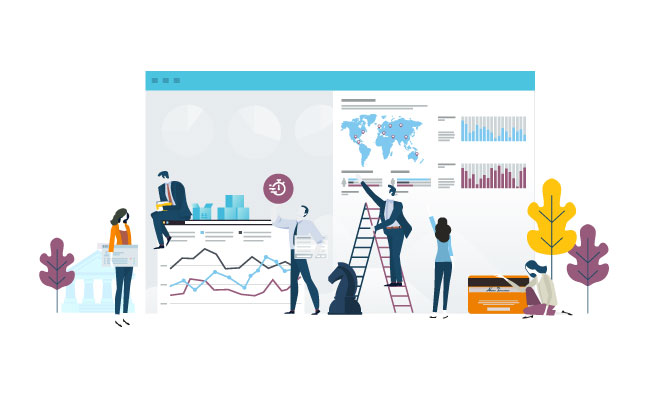
Probably you are asking yourself “How do I get new clients and how do I get people to my site?”
Example of great Top Funnel execution: MOZ have an SEO SaaS tool which is a crawler for your website and you could see what’s your SEO score.
It is free to use it and to see how well your site is performing for SEO and then after they got you a score, they would tell you how and recommend you to use their service.
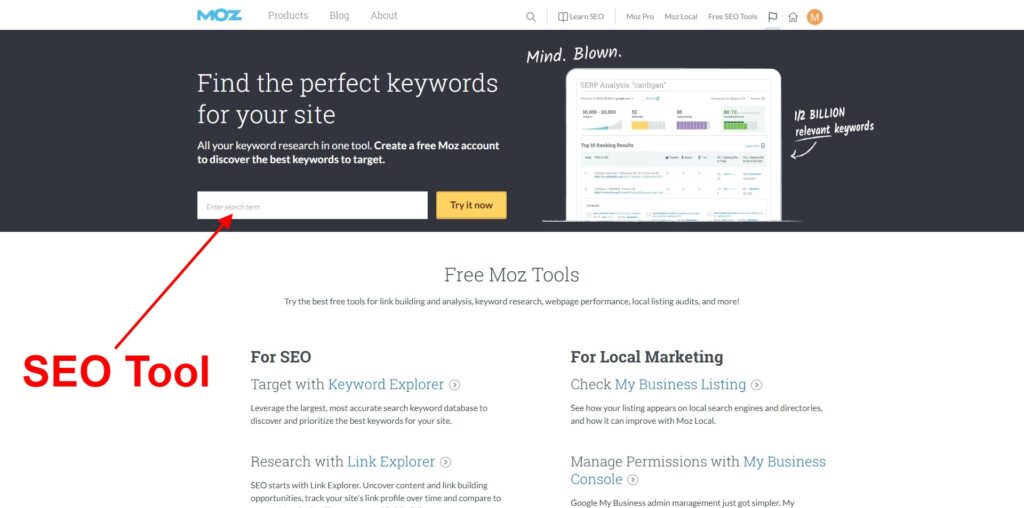
That’s a great way to do it.
Build products/tools to get leads.
One thing though before we get into too much detail on every channel.
I want to mention how attention is important for each channel.
If you think of email for example 10 years ago, growth and effectiveness back then enormous. Email open rate was around 90% and Gmail hadn’t broken it up into the promotions folders and you opened everything.
MySpace really had some strong growth, we kinda know how that ended, but YouTube was able to ride that wave of MySpace to acquire new customers.
A lot of bands were on MySpace posting videos and YouTube was the main thing that they used.
Instagram is hot right now, everybody’s on it, it’s very effective if you make a really good content.
The bar for good content is very high on that platform, so you have to really focus on quality.
So something to think about as you’re looking at different channels for acquiring new customers.
Top Funnel Content Tactics
We will focus on:
- Creating Content
- Search Engine Optimization (SEO)
- Paid keywords (Keywords your ideal customer is going to use to find your potential product or service)
- Options for social media
- Paid social media (specifically Facebook and how you can use that to find new customers)
- Direct e-mail
- Press
- The power of influencers and how that’s becoming more and more powerful
- Partnerships
- And some offline tactics that you can use.
The marketing and business process for creating and distributing relevant and valuable content to attract acquire and engage a clearly defined understood target audience.
Yes, that is a mouthful, but I think it’s worth reading.
It could be anything from a long-form content and eBooks if you’re a thought leader in this space that you’re doing something in, for example in artificial intelligence or internet of things.
Ask yourself: “How do I position myself as being the go-to source in my space/niche?”

For example, I have worked with a wonderful client, her name is Lydia and she specializes in African Culture, Development and Literature.
That is very specific niche and there is no need for a specific flow/funnel, but she needed to have a unique positioning so when people come to her website, they can see that she is the go-to source. Photography, Reviews, and Interviews are giving a unique “taste” compared to just having a blog post.
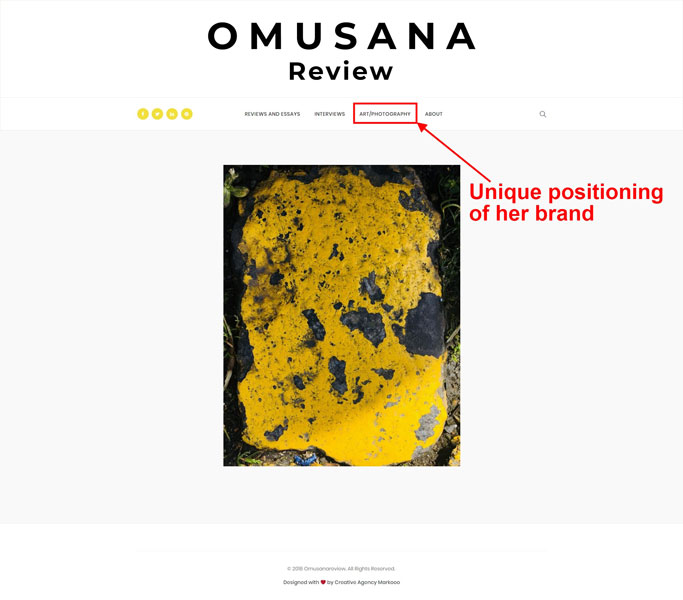
Also, maybe it’s something that’s a little bit more viral and fun so you want to make quizzes, polls, infographics i.e. things that are fun to read and easy to share.
Also, video and podcast can be great! All social media channels are very much video first.
A podcast can be one of the best channels because you can actually multitask while still processing the information. It’s not as viral and shareable but people really pay attention to the content if it’s something they’re into.
Writing content

First research what are the top things to write about in your industry.
To do that use Buzzsumo and there you can look at what are the best pieces of content on the web.
Find content that has a lot of buzz and you’ll know if it’s worthwhile to write about that topic.
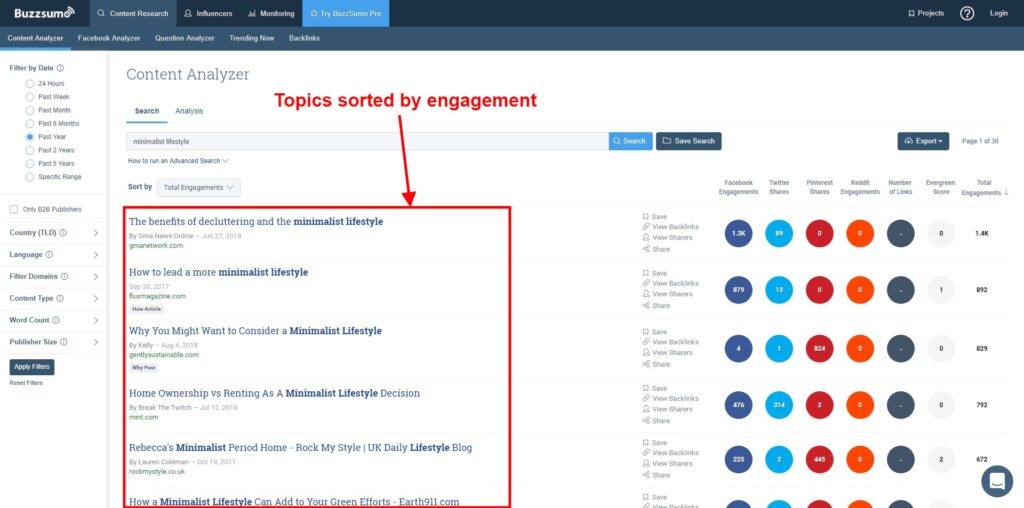
First and foremost, see if it’s something that you could write something significantly better compared what is out there.
In Buzzsumo you can actually export the people that share the top post and you can reach out to them and tell them something like: “Hey I see that you shared this content. I just wrote a bit more in-depth content and let me know if you find it interesting and feel free to share it if you want.”
Pro Tip: How to write headlines that convert
Obviously, the writing portion is very important when it comes to content marketing.
But the headline is actually just as important.
In Addition to using Buzzsumo to find the actual topic you could write about, you can also see what kind of headlines are top performing ones.
Here’s a kind of fun stat
8 out of 10 people will read headline copy, but only 2 out of 10 will read the rest of it
The writer should really spend half of the entire time it takes a write on a piece of persuasive content on the headline.
The best practices for that is:
- You can use numbers
- You can personalize it if you actually have that information when you’re sending out an e-mail
- Short and sweet can be pretty good using six words
- Even using negative words within your headline can be pretty powerful too. Words such as: “stop”, “avoid,” and “don’t”
You can use the tool called Headline Analyzer, but don’t rely on tool 100%, just think “Will this kind of headline draw a curiosity for someone to read it?”
Are you overwhelmed a little bit and you are not sure what exactly you should do?
You can speak with me directly for 20 minutes.
Together will go over your website and funnel and see where you should focus on to have more sales on your website.
- 20 min. Free Consultation
Pro Tip: Content Distribution
Content distribution should be at the same level of importance if not more important than actually writing the content.
First, email it out to your email list.
Next, you can share it online to your social platforms and you can even syndicate the content with a tool like Crowdfire.
Also, if in your blog post you mention any influencers or any companies, reach out to them.
Just tell them something like “Hey I just wrote this roundup about thought leaders in this space. I mentioned you would love for you to share it. “

More than likely people will do that, especially if you’re talking highly of them in an article.
You can also submit your content to various community forums whether it’s Medium, Reddit or if you’re answering a question you can repurpose it and put it on Quora.
If you have a peer group of other people that are writing similar content, there’s a lot of Slack groups out there, where you can post your content and ask people to share.
If it’s a piece of content you spent a lot of time on it (over 3000 words) and you did a lot of research then put some money behind it.
Put ads for it on LinkedIn, Facebook, Twitter or wherever it would be really relevant. If it’s very visual Pinterest can be good for that.
Tip: Just because you have hit publish once that doesn’t mean that you should share it once.
For example, with Facebook, you could publish it and then in a month or two weeks publish it again.
Twitter has a frequency that is much higher. But something to think about when you spend all this time what a great piece of content it’s okay to re-share it.
Free ways to grow your Top Funnel
SEO
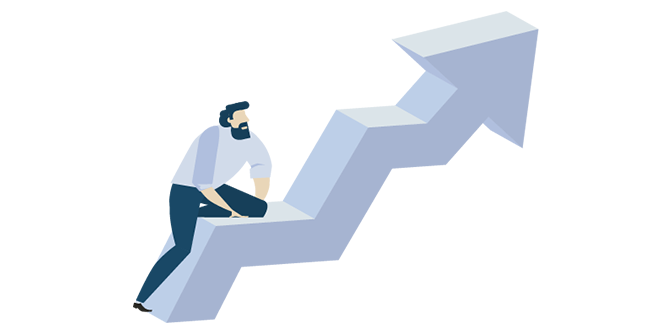
After you have the whole website completed and structured, you need to sort your website to be visible on Google and start ranking your pages and posts online.
To do that, first you want to create a sitemap and this is basically a special document for search engines.
You can use it to tell the search engines that they can crawl your website. Google basically own all of the searches, you want to create a Google Webmasters Tools (Now known as Search Console) where you can sign up your website and submit it to Google.
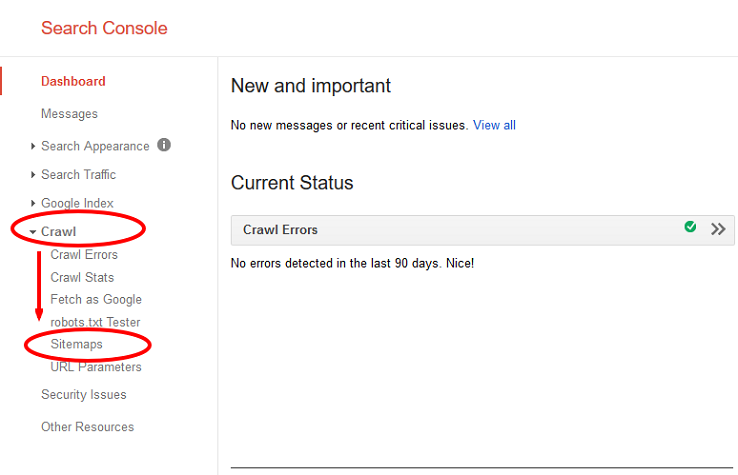
That way the Google doesn’t have to crawl the Web to find your website.
Now that you’ve figured out how to submit the sitemap, next thing is what do you want your website to show up for on Google results?
What are the keywords you want to rank for?
To do that keyword research you can use Google Keyword Planner or other tools for Keyword Research.
Next thing is to optimize your website to be as fast as possible.
After that, you want to work on building your backlink profile.
That’s really how you can build up your ranking.
SEM (Search Engine Marketing)
Instead of Google crawling your site and giving you a ranking, this is you actually bidding on keywords to rank with ads.
Social media
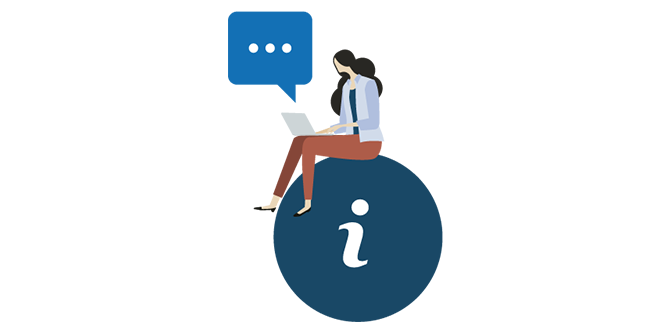
Obviously for the top of the funnel great way is to get traction if people are sharing content on various platforms but you need to know which platforms are a good fit for you and your business.
Facebook
Obviously, we’ve had Facebook very much community focused all about customer engagement.
Twitter
A short messaging service.
Linkedin
If you’re a B2B company LinkedIn can be pretty powerful especially if you have high-quality content i.e. videos or ebooks.
Pinterest
Is a very much a visual platform which actually isn’t that social. In this platform, you’re creating your own boards your own pins, getting inspired by others but building your own things.
Instagram
Which is owned by Facebook, is a very visual focus, very mobile first. I see this one as a great one for actually getting people to share with other people in the comments of feeds.
YouTube
Which is also owned by Google for online videos. You can create a channel, build up subscribers.
Quora
Is a question and answer site where you can post a question and get people to answer it or you can go on and find questions in your industry and actually answer them yourself. Some companies they built their entire content strategy around the questions that are on Quora.
Paid ways to grow your Top Funnel
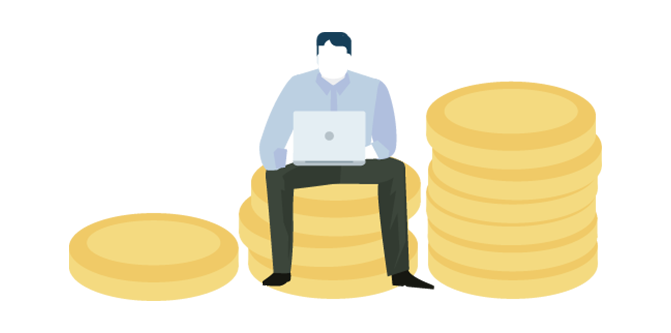
Facebook and Instagram Ads
Paid ads specifically on Facebook or Instagram for getting new users new customers to your site can be a positive ROI (return on investment) if you are posting very relevant and valuable content and boost it with ads.
I want to break it down into three questions.
- Who is your audience, you’re trying to run these ads for two
- How are you marketing to them or what is the messaging or value you are trying to add?
- How do you measure success? Once these ads go live, how do you know they’re even working and what are you using to optimize them.
If I was running a campaign for you tomorrow on Facebook or Instagram here’s what I would do to build your audience.
First, I would make sure I have the Facebook Pixel on your site. What the pixel allows you to do is anyone that visits your site and then comes back to Facebook or Instagram we can retarget them.

We can also use that data to create what is called a lookalike audience.
So first set up your pixel, so you can start making custom audiences to re-target those people.
Step two is to make/create that lookalike audience.
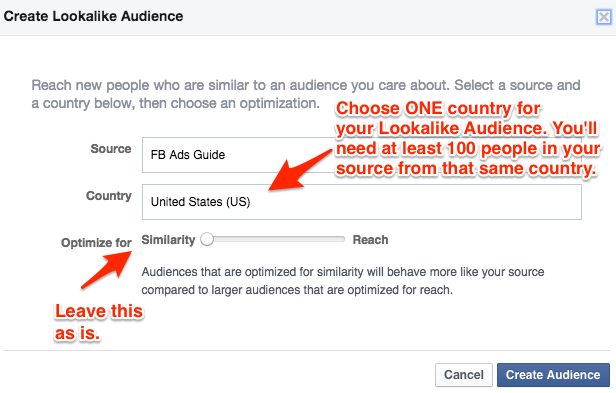
If you have an email list you can upload that e-mail list into Facebook and more than likely that lookalike audience will be better than any other competitors you trying to target.
So you can do that off of any email list you upload, you can also do it off of the traffic that pixel is capturing to make a lookalike audience off of those users.
Pro Tip: What kind of content to promote as Facebook ad
You know that people they are not going to Facebook to see your ad.
They’re going to Facebook to engage with their friends or engage with their community.
So first you need to give them a reason to click on your ad and go to your landing page or to your site.
And usually that means giving something and that could be for e-commerce shop a free shipping option, you can give 20 percent off or you can actually give a free product.
Here is a great example from Get Response:
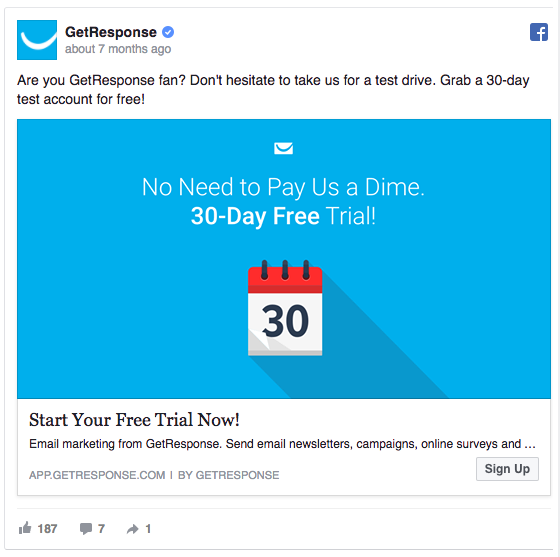
If you have very valuable customers i.e. people who potentially will spend a lot of money on your website.
Then you can give a product for $50-$70 for free.
You are giving away your product, but lifetime value of your customer can be a lot higher than that in a long-run.
If you don’t have a free product to give, you can give a free ebook or a checklist or spreadsheet.
You want to give something to get them to your site, but you don’t necessarily have to.
If you can create an emotion or you can really hit on a pain point that you know this customer is having then you can get them to the site.
Direct e-mail outreach
This is particularly good for companies that really know their customer and have a product that has a high value.
So let’s say you are selling a piece of software that’s going to be $300 per month.
That’s lifetime value over a year. We’ll start out at pretty significantly where it’s worth us giving a person the job (hire someone to do cold outreach) of cold outreach to potential customers.
To do this, you can actually do this manually and just start emailing people or you can use some third party tools.
Pro Tip: How to write great outreach emails
1. Personalize the content as best as you can, from having their company name or their first name in the subject line, to definitely having their first name in the email intro and in that first paragraph to mention some shows you’ve done research and you are not just trying to spam people.
2. Read the latest blog post that they put out or the latest event that that company was at and actually mention it.
3. Make the e-mail about them. Don’t talk about the great products or features or services that you offer. Talk about the benefit it would have to their business (That pain point that you’re solving or why it can help them make more money or do you think significantly faster).
4. Write really short with email. You should keep it under 60-75 words if you want your email to be read in the first place.
Big Mistake: People will send 1 email, and they’ll just stop, but it’s usually the follow up where you can get someone’s attention.
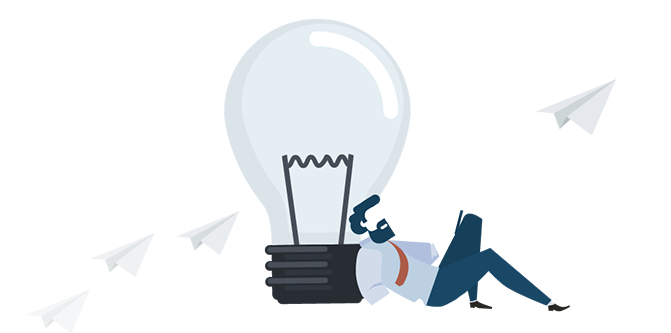
I’ve seen two to three follow-ups are good, some people do even more.
You can do even 7, but don’t do them back to back days.
You can spread them out over two to three weeks and just nudge people.
Press
Another great way to get people to your side is obviously press releases, where you get written about on various online publications.
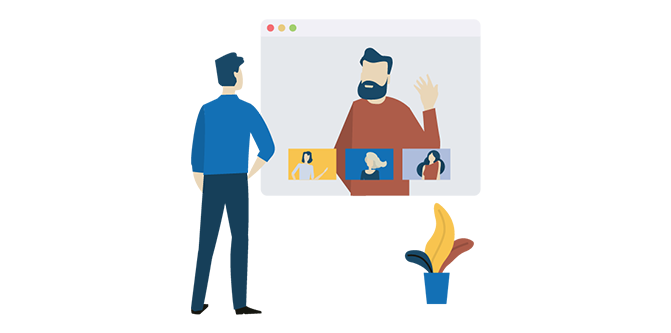
Getting your company featured because it’s press worthy obviously can happen when you launch a product and there’s all that buzz around it.
Also, I would absolutely on the day of launch and even building up to it start to grow relationships with those editors to let them know that it’s coming.
Like their things on social, have bit more conversations with them, share their content etc.
You can do this by hiring a PR agency, hiring consultant or just doing it yourself because a lot of times these editors that they’re going to write about you they want to communicate with the CEO, the founder or someone in the company rather than the PR person, at least what I’ve seen in my experience.
The big question, what happens after the lunch? You launch it’s very exciting and then three to six months go by and you will be like “I would love to get featured again” Well a simple answer is that you need to do something that’s newsworthy.
Influencers
This is where people are using your product or service to talk about why they like it and actually do it in more of like a natural word of mouth way.
You see this being very prevalent on Instagram.
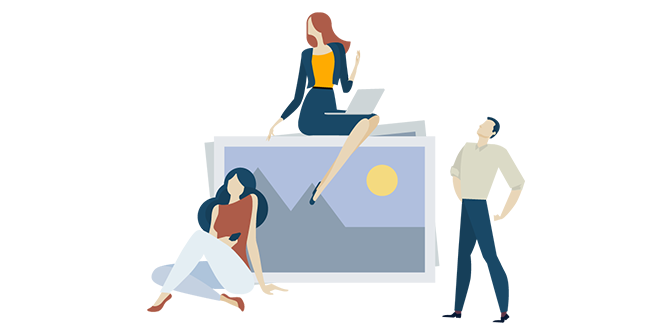
And the thing that’s interesting with influencers is that there are so-called “micro influencers” and these are people that maybe have a following under 50k so the reach won’t be as strong but you’ll see that the engagement is even better than some of the bigger influencers.
Because it’s very organic and the people that follow them actually have a genuine relationship with these influencers.
So this is something especially with e-commerce brands I worked with, I’ve seen a lot of success by leveraging the distribution channel of different influencers.
There are a ton of platforms where you can find Instagram influencers, in this post you have 9 of the platforms.
Middle Funnel
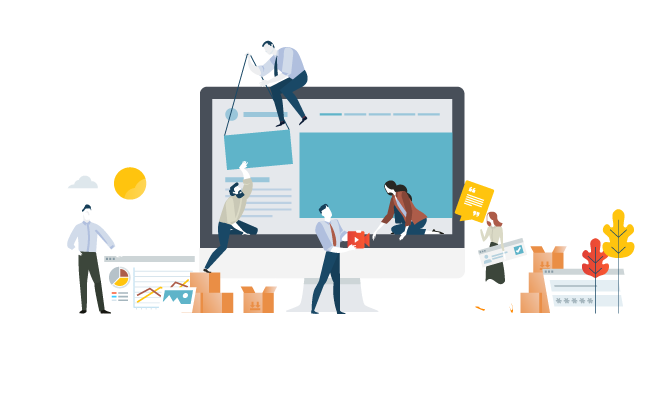
Now let’s talk what to do when people come to your site. What do you want them to do when they come to your website?
Do you want them to watch one of your videos, read whitepaper/ebook, opt-in to your email list, have a free consultation etc?
So, let start with a couple of examples.
Middle Funnel Tactics
Webinar
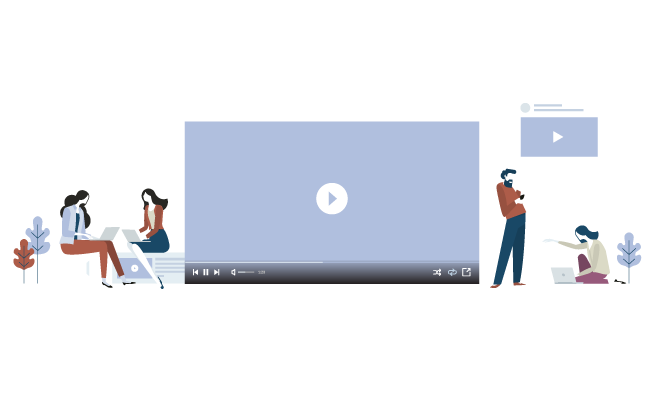
The webinar is an educational formative and or instructional presentation that is made available online.
Usually, it’s either video or audio with slides.
First, think about when you are going to do them.
Dates of doing the webinar are very important. Tuesdays, Wednesdays, Thursdays are usually the best days. Mondays are pretty busy, Fridays are a really tough day to do in general as people are in the weekend mode.
How to do the webinar:
First, you want to build a landing page around it or even a sales page.
I have made you a simple layout that you can use for inspiration:
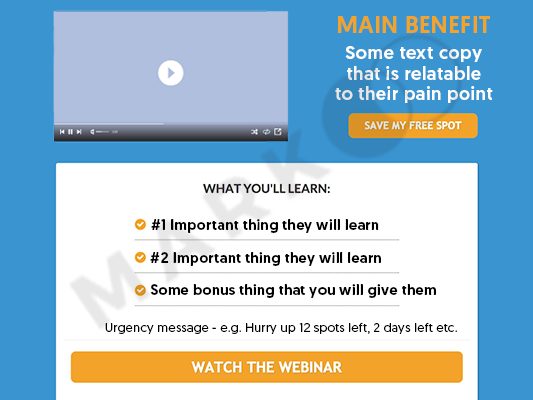
As you can see it must be very simple and straight-forward.
When people click to signup to the webinar the main thing you’ll have there is a form where you can get someone’s email address so you can actually remind them, nudge them, update them on the webinar as it approaching.
I would absolutely run some Google and Facebook ads to your existing users, whether it’s your e-mail list or to a lookalike audience of people that would be interested in it.
I would start marketing for this at least 30 days out and even do a big press release around this to various online publications or even notify administrators of different forums to talk about this.
And you can use some services like PR.com to push it out.
Tips:
- Make sure that you’re giving the content that people want to hear.
- You can invite a guest speaker to your webinar (that’s great because you can leverage their following their audience to actually get people that they know to come to watch the webinar)
- Create a 30 second or 1-minute video on what the webinar is all about (that can be a great marketing asset you can have, as you’re emailing people about it)
- Write a blog post about the webinar, write guest posts on other blogs or publications to really hype up this webinar.
So that’s what you can do as trying to build up a big following of people that would be interested in your webinar and also maybe you should have a content upgrade.
Content upgrade
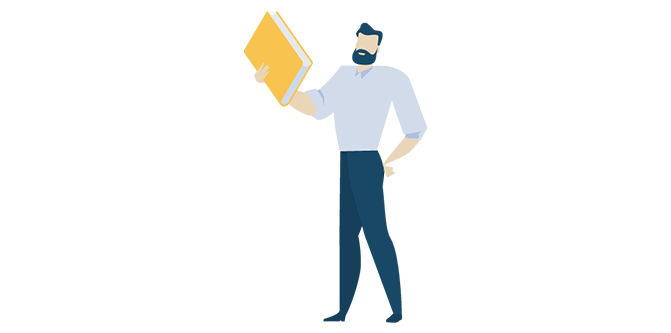
A content upgrade is giving away a piece of content in exchange for users information like an e-mail address, their cell phone or any other data that you need.
For content upgrade create a separate page with the form for leads to add information.
Do not overcomplicate this at all, you want to limit their options.
You have another way to do the content upgrade and that is with exit intent popup.
Great example:
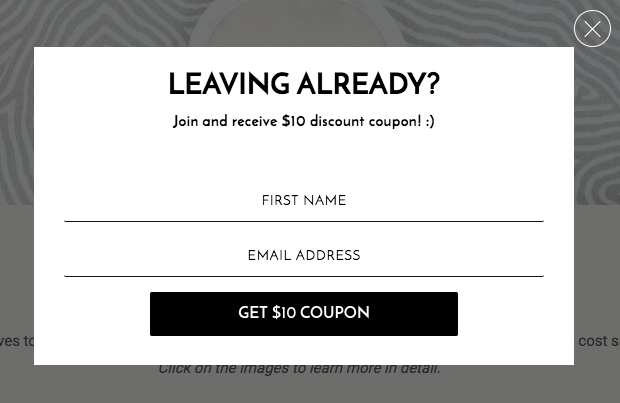
That means when someone wants to leave your website, they will get a popup with your content upgrade offer.
Demo offer
If you have a product that is best introduced by a kind of holding their hand and showing them how to use it, that’s when you want to consider optimizing your funnel to get people to sign up for a demo.
So a demo is a product demonstration, it’s a promotion where the product is demonstrated to the potential customer.
The goal of the demonstration is to introduce the customer to the product in hopes that they would actually purchase it.
If you know that they are the real deal for your company, here are the next steps you should take:
- Have a really good landing page around it where the goal is to get them to opt-in.
- Once they opt-in, then confirm that this demo is happening.
You can use a software like Calendly to do automatic scheduling or you can hire a pro to create you a very own scheduling platform.
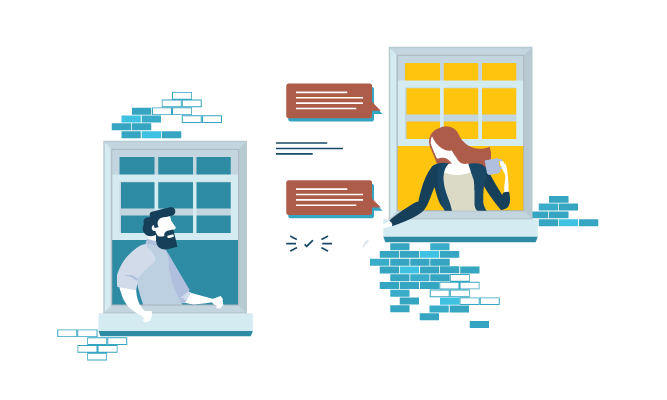
Make sure they have opted in and confirmed before you start putting in the legwork.
Next is to obviously prepare everything for the demo.
The most important thing is to make the client the focus of the demo, make it about them in the benefit it adds to them and what you believe they’re going to want to get out of it.
When you start a demo, give them a brief overview of what you will go through, but ask them before that if there is something specific that they want to hear or see.
Act as if they have no idea who you are, they even know the reason why you created this and the problem you’re trying to solve and treat it like this is your big presentation.
If they have questions don’t hold on to the end. Address those questions right as they come up and right as they happen.
That person has a limited time watching the demo, so make it about them, make their questions a priority.
The final step is to set expectations what the next steps are.
Is it a free trial, another demo or if they’re actually interested in purchasing it.
Quiz
This can be a very interesting tactic, especially if you want to segment your target audience.
You need to create a quiz with a list of questions that are probably pain points of your potential customers and give them a solution based on the answers that they gave you.
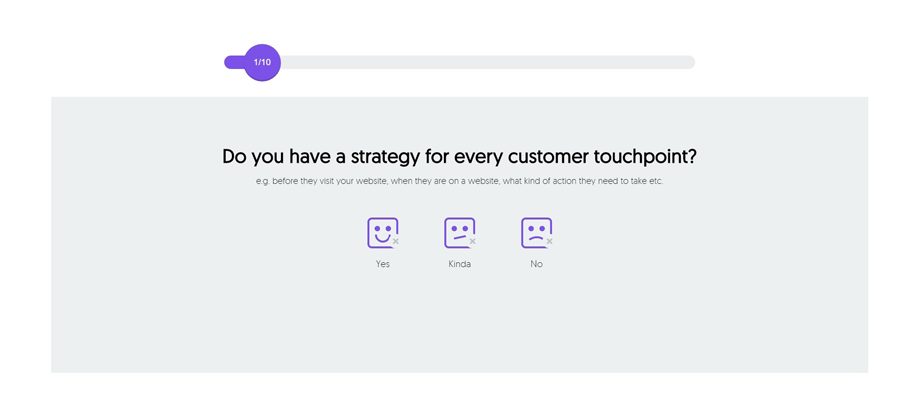
When you create a quiz, you need to collect people’s email address, name, and final result and with that info, you can reach out to them and ask them if they have more questions.
That can ultimately lead to more sales and recommendations.
Free trial
This is particularly a goal for companies that have a subscription product.
The reason when you want to do this is, when you have to hold someone’s hand when there it’s more than a one time purchase.
Because if they’re committing to something, it needs to be crystal clear and transparent on what they’re getting out of it and what they’re paying for and what they get.
For demo products and subscription models you really need to have an easy understanding and clean landing page.
Here is are the best practices for those landing pages.
First, you have a design for conversion, simply conversion rate optimization is kind of the initiative we want to focus on right now.
This is my philosophy on it designing content:
Design of landing page should solve a problem or it should accentuate the benefit of what you’re offering
Your design expression with a copy needs to answer any questions or teach them what they need to know to progress to the next step.
If it does not add value, I would remove it.
Here is an outstanding example of the Free Trial landing page from MailerLite:
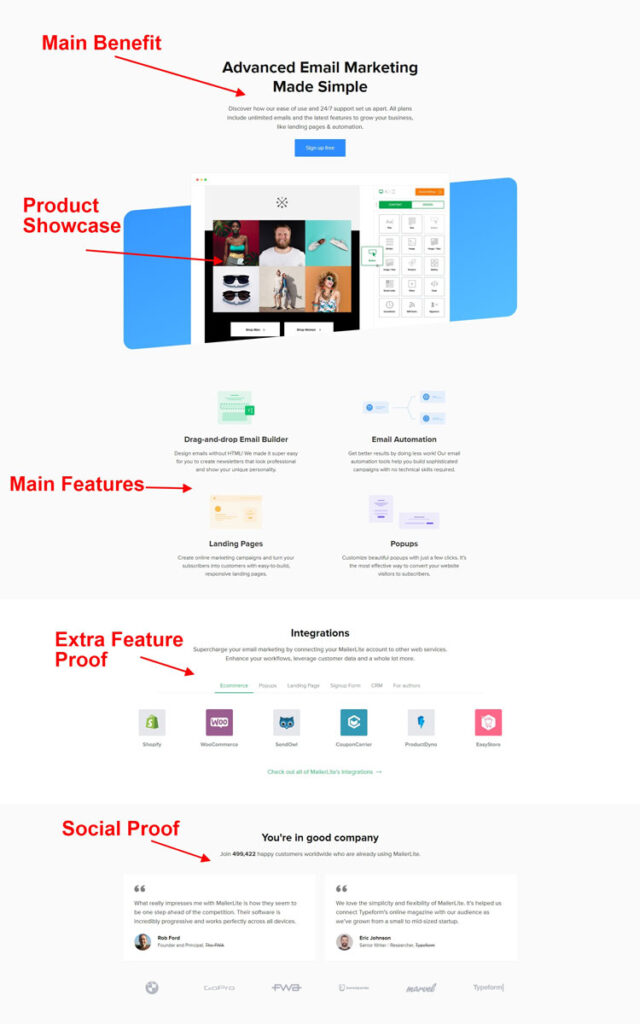
Remove any points of friction to get them to where they need to go with the minimal amount of text copy videos is possible.
Pro Tip: Five best practices on how to design the landing page
1. The main headline should not be your top feature, but instead, it should be the main benefit that your product or service offers. I like to use the word YOU, in the second person “why you would care about this”.
2. The big hero image or video on the landing page should really showcase the product or service and if it doesn’t showcase it, maybe it can play to be the aspiration of a goal to be achieved when they use it.
3. Use some form of social proof. This is the first time that your site, show that other people hold you in high regards. This can be through press you’ve gotten, if you’ve got press from the Wall Street Journal or INC, you can put those logos on there or maybe you have some partners that are very notable and you partnering with Amazon. If you don’t have that, if you’re a very early stage company, you do these testimonials. So people can quickly see the value that you have.
4. Below your headline, clearly, show your one main feature.
So, you’ve got your headline which shows the main benefit to that person and the copy of below says the one thing that your product or service does.
And try to put that under 15 words.
Below that, you want to have your main call to action which is the button where they are clicking or that thing they’re filling out.
You want it to be unique to what you want, not just like “Subscribe”, use something like “Get your ebook”, “Start your free trial”, “Get your free consultation” etc.
If you’re an e-commerce company, the goal is to get them to this product detail page.
But you can also do everything on one page if the products are closely related.
Here is an example of one of my awesome client. His name is Darren and he is selling Boost Controllers.
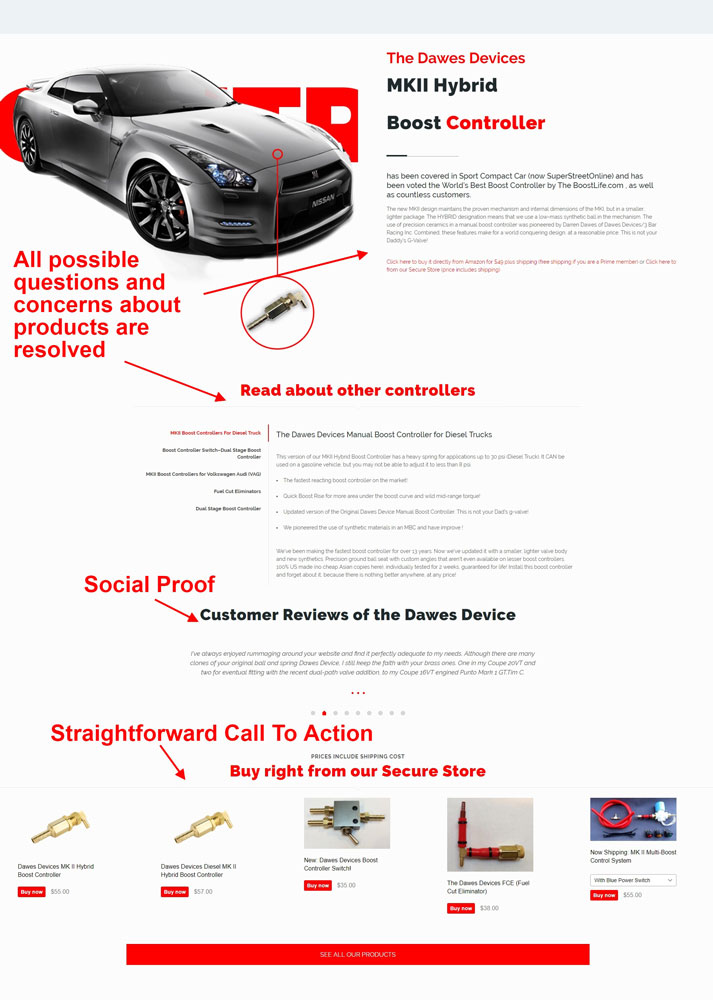
I will show you how you should design a product detail page in a way that converts.
Here is a brief overview of how the product page should look like:
1. An image needs to be crystal clear. And have enough white space so there is a good focus on image/product.
2. Add the video if you can, that would be really great! So that people can see your product “in motion”.
3. Have a clear headline, price and mention an offer for the product, for example, “Free Shipping”
4. Buttons need to be clear and they need to “pop” or stand out.
Example from Gorilla Bow product is great as well. It has all necessary info and upsell option on the page.
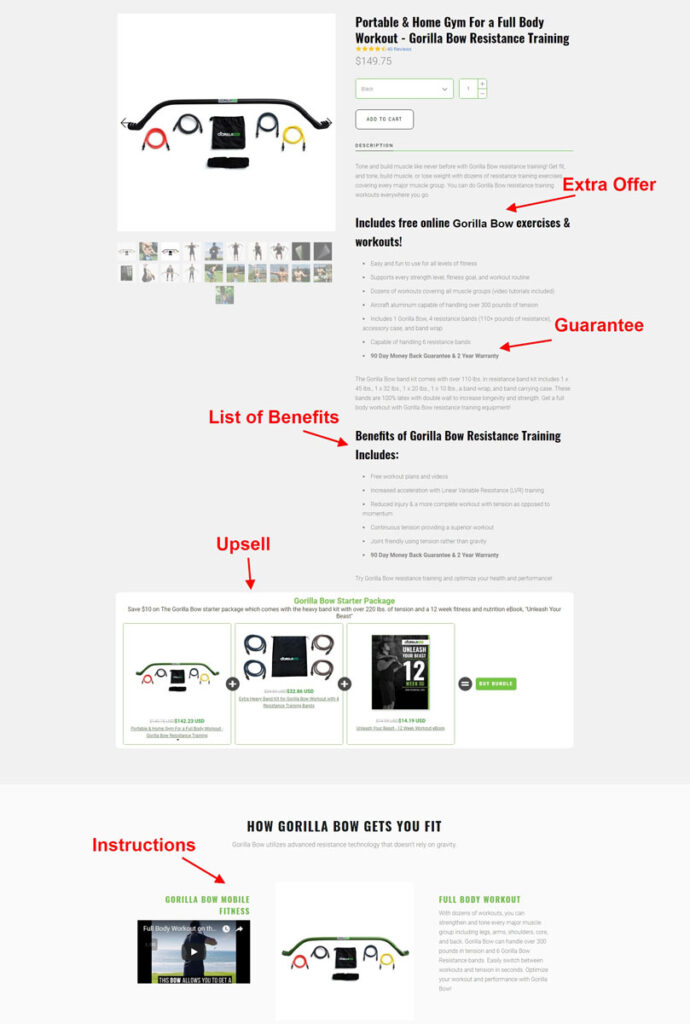
E-mail onboarding campaign
When you have someone signed up for a free trial, it is important to have an onboarding strategy.
From the welcome email to what do they get on day five, day seven, or month two of the experience.
You can really map up that journey to see what’s the right way to educate someone on your product or service to get them to come back and make purchases or maybe just to close them because it’s a long close cycle.
Think of your emails and guiding your users towards the first and second goal.
Might have to be educating them or getting them to complete something to get to the next step and that’s how you want to use a boarding.
Here is an example of how you can use email onboarding or email sequence:
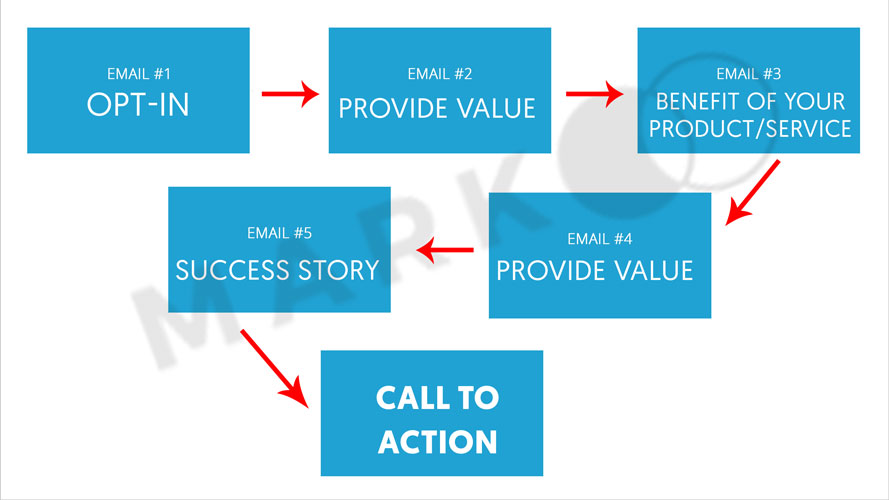
You can use tools like Drip where based on if someone opens the email or not, you can send them a certain campaign.
So opting people in or out based on what they’ve done or what they have read.
Retargeting Ads
It’s a clever way to connect with visitors to your website and who may not have made an immediate purchase, or more inquiry on your product or service.

It allows you to position targeted ads in front of a defined audience that had previously visit the website if they browse elsewhere around the Internet.
You can do this through Google, through Google Ads with the Google Display Network.
So any website that uses Google display you can use an ad there. You can also do this on Facebook to retarget people with their dynamic ads.
Bottom Funnel

Now people are on your site, you’ve activated them with email signup or free trial and now the final thing is, we will talk how you can convert them into paying customers.
You can do that by using limited time offers, using bundling to get a conversion, upsells, pre-sells, affiliate marketing, remarketing and actual e-mail to get people to covert.
Bottom Funnel Tactics
Limited time offers
Limited time offers are a special menu item or set of mini items for a clearly defined short period of time.
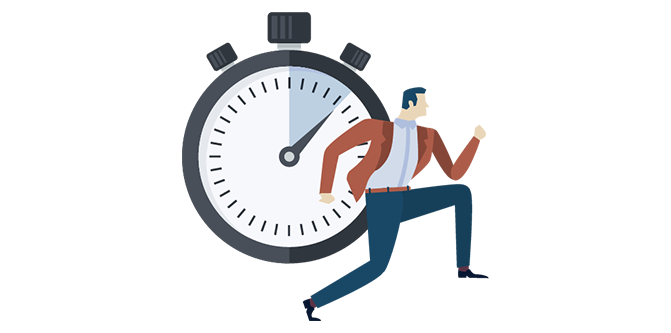
Bundling your own products or partnering with another company to bundle products together.
This one is like offering several products for sale as well and one combined product.
So probably they will pay more than they would for one product, but they’re getting a big discount on what the overall would be combined various products.
The Upsell
I’m sure we’ve all fallen for this one a couple of times.
The reason why the upsell is one of the most powerful (not frequently used things) it’s because you’ve already got someone through your funnel and they’re already making a purchase, about to make a purchase or just made a purchase.
It’s a sales technique where a seller induces the customers to purchase a more expensive item or more items or upgrade in an attempt to extend their lifetime value.
You can deliver this upsell at checkout or you can also deliver this in the form of an e-mail.
Here is on checkout page how that can look like:

So usually with upselling, you want to do a price that’s less than the initial product they just purchase.
Usually, if it can be about under 30% of it, you’re going to have a much higher conversion rate.
Waitlist
This isn’t something that everybody can use and it might not be applicable to your company but let’s talk about when you should actually use a waitlist.
During the development of a product, you’re not ready to show it to the public yet, but you want to start building an audience, you want to start building a hype.
It can be a good marketing play and it creates a kind of like the feeling of supply and demand so people want to jump on it.
Presales/Prefunding
This can be done on your website for preorders, just say “order it now but it’s like a ship for 30 to 60 days whatever it would be”. You can use a platform like Kickstarter to try to do a pre-sales.
Prelaunch strategy
Marketing strategy consisting of a carefully planned and scheduled sequence of events with the goal to make a big happening of the release and of course make as many sales as possible in a short time span.
First, you need a landing page to get people to be notified when it’s launch and really build up the hype and buzz on why they’re going to be excited or like this product.
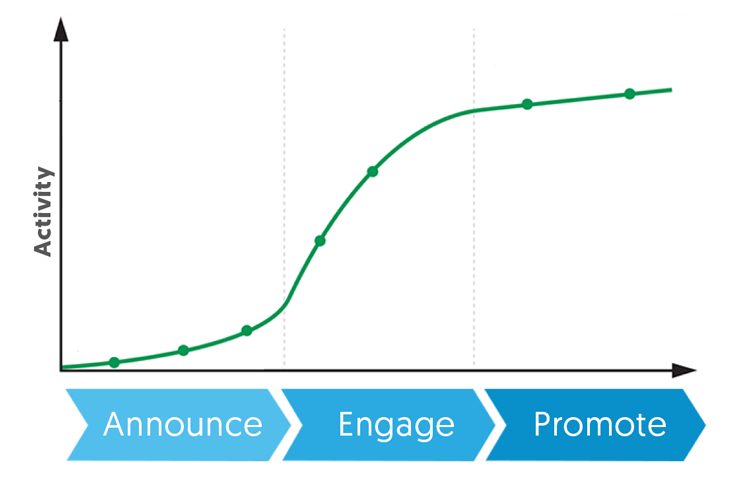
Usually, if you can do this with social proof and really quality video content.
And then leading up to launch day you want to do 24 hours out you want to a reminder e-mail.
On that launch day is when all the hard work you’ve done pays off, where you’ve gone in touch with influencers with bloggers with editors to actually write about your feature that day and then you push it out and whenever you push it out you don’t have an unlimited amount of things that you give.
You want to have a limited inventory so people have to act now or it can be sold out.
Also, do a reminder email, people get really busy and sometimes they have to be nudged so you want to do launch e-mail that morning and that night.
Example for reminder emails is:”There are only 12 hours left before we turn off or we have 50 items more and we’re about to run out”
Really play at that scarcity.
Post-launch or Post-sale strategy
People who have made purchases ask them to give testimonials reviews.
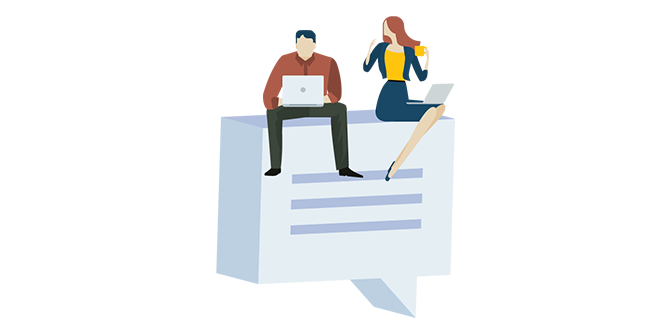
Use that as marketing copy to try and get people to convert even after the launch.
This one is my favorite and that is turning your customers into marketers.
That’s referral marketing.
Whenever you’re able to have someone leverage their network to invite their friends or connections to try the test or purchase your product or service.
Dropbox did something great where they gave a free cloud storage in exchange for inviting your contact list.
You can also give the big discount to your existing customers.
For example, if someone purchases a product from your website and that product costs $50, you can send them an email that you will give them $25 if one of their friend’s purchases on your website.
Pro Tip for an e-commerce company
You want to see your abandonment emails.
Average abandonment rate of a shopping cart is about 68-70%.
So if someone goes to the shopping cart page and they leave, you can send them an e-mail within 60 minutes or 6 hours with something like “Hey you left something behind” and you can send a second e-mail a day later and then another e-mail three to five days later asking them if they still want it.
This is an amazing example from Casper of how you can get someone back on the website and complete the checkout:
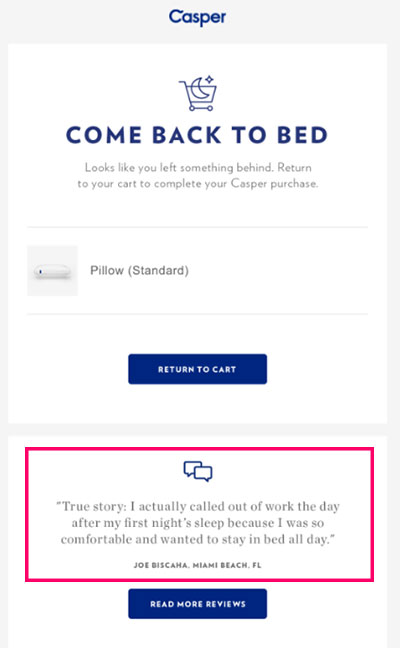
Usually, on that third day, you can you do something to kind of sweeten the deal for them.
Give them free shipping.
Give them a discount, you could bundle something with it.
Affiliate marketing
This is a great great way to leverage other connections of other people to drive sales to your company.
That means that an online retailer pays a commission to an external website for traffic or sales generated from its referrals.
Setup and Manage Your Entire Funnel

Now we will talk about how to put the entire funnel into practise.
First, focus on quality, not quantity.
This is what I mean – pick one part of the funnel.
Maybe top of the funnel or bottom of the funnel and really focus on it.
For example, if you want to focus on conversion rate on e-mail sign-ups and that’s all in there to focus on you to move fast.
All your experiments are run around optimizing that sign-up rate.
You’re able to learn more because you are focusing on less, you’re making more progress because you’re able to iterate faster because you are focusing on one thing.
Your confidence starts to build as you’re focusing on this one thing getting better and better.

And most importantly building value by increasing that conversion rate you’re getting better and better and then once you get it to that goal you can work on the next thing.
Maybe you’re focused then on top of the funnel to drive traffic because you know you know how to convert them.
To do those tests and to focus on one thing and on what, it really depends on your business model.
Do you have a massive ad budget and your e-commerce campaign has great margins so you can invest a lot into paid advertising or you don’t have a lot of you raise money so you have to focus on free tactics?
If you’re looking at free tactics and you don’t have a big budget then focus on search engine optimization (SEO), content marketing, email marketing and just being scrappy.
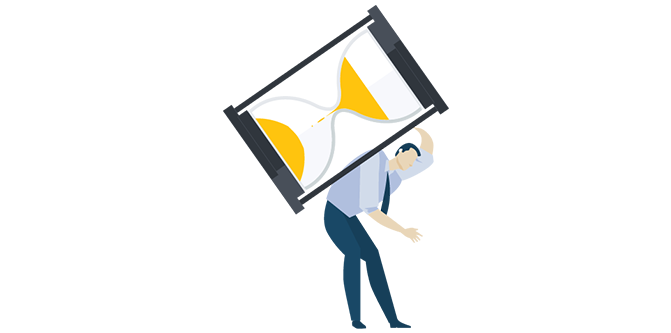
Maybe do a lot of email outreach if you do have a marketing budget.
You need to know how do you prioritize between Facebook ads and Google ads which once you do.
Now you need to know what to consider when testing.
Now when you have a birds eye of an entire funnel and you start to prioritize things but now you need to focus on the right things.
The main questions you should ask:
What could you do to have the biggest impact on your company?
Let’s say you’re already getting a lot of traffic to your site.
So, top of the funnel is pretty good but is nobody signing up for email. That means you need to take care of the middle of the funnel.
What would you choose, free vs paid?
Sometimes I like to use the free channels to learn the most and then I can apply that to the paid channels, so I don’t burn my marketing budget.
What’s going to give you the fastest feedback loop?
As far as optimizing your funnel, speed is the game here, you want to be able to do things and learn faster than your competitor.
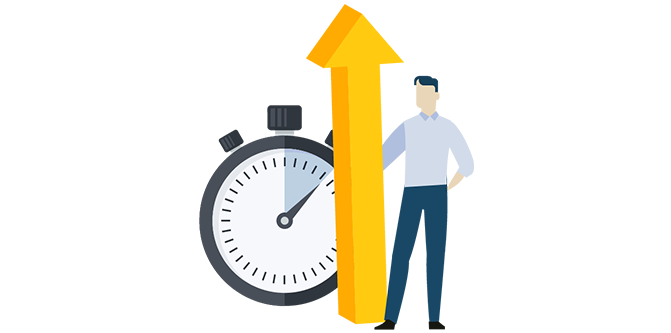
Because if you’re running twice as many experiments as your competitor every month, you’re learning twice as many things and you’re going to be able to be much more efficient in everything you do.
Ask yourself: “What experience can you run where you are learning something in 7 to 14 days?”
What segments are you targeting?
Are you trying to go after all of this cold traffic having given you any money or you are focusing on your VIP user top paying customers that spend the most money with you?
Maybe you need to focus on customer service, maybe you need to focus on rolling out new products or offering them early access to things or being a part of a beta product.
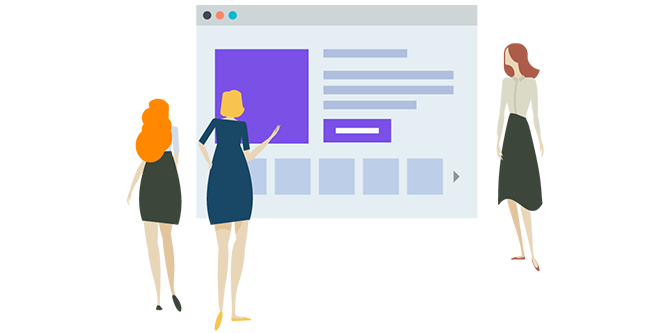
The 80/20 rule absolutely applies for any e-commerce companies I was working on where 20% of customers spend over 90 percent of the dollars with us.
So we give them early access to things.
You can even create a subscription tool for them where you can automatically send products to them.
Every month or every two weeks, ask yourself or if you have a marketing team – “Where should we focus on? Top of the funnel, middle of the funnel, bottom of the funnel?” After a couple of tests, you’ll know what that should be.
Pro Tip for Funnel Creation
You can do a content upgrade and do A/B tests for that, but you must know that a lot of your tests are going to fail and that’s okay (it can be about 70%) All you need is one thing to work to optimize that one part of the funnel.
When you find out what works, you want to exploit that channel as much as you can.
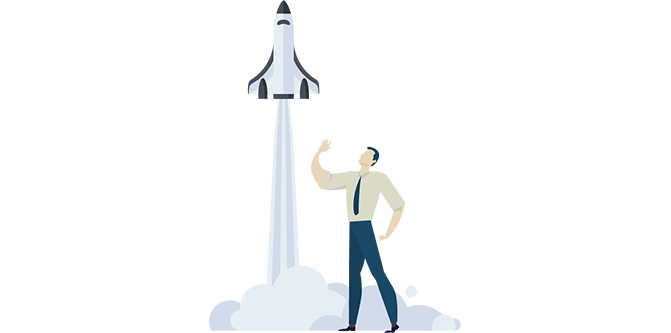
Maybe that means hiring more writers, more designers.
Also if you can, of course, automate it and scale it and focus on the next thing and then you can just put your mind on practice again.
So identify what can have the biggest impact, start testing, whatever work you really want to exploit that maximize that as much as you can and if you can automate it.
You can also quantify/rate your impact on the next action.
For example, if you know that SEO will have a huge impact that will have rating 5 and ease of implementation will be easy because you maybe have someone with SEO experience, so you can give that 4.
That total score would be 9.
Then maybe, including more social proof and testimonials at the top of a landing page.
So you can see that impact is good but not as big as SEO so it’s 3 and ease of implementation requires a designer so the score is at 3 as well, so the total score would be 6.
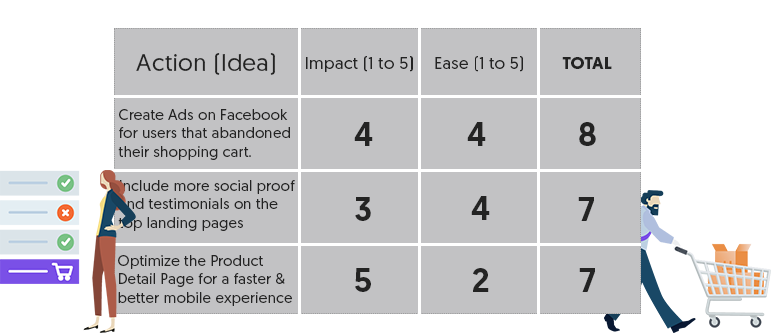
All this is driven by the numbers and the data to see if this is working or not.
So set the goal for each objective and establish the KPIs to increase conversions to be over 2%.
The key objective is to make more money, KPI is conversion rate and the target we’re going for is over 2%.
And then built segments on how we can test this.
What’s the conversion rate for e-mail traffic vs. traffic from SEO vs. traffic from Facebook ads.
What’s the conversion rate for mobile users vs desktop users and finally really see how all those different segments perform then run tests within all those.
So here’s a quick snapshot of Amazon as far as what are their main objectives when they’re optimizing their marketing campaign.
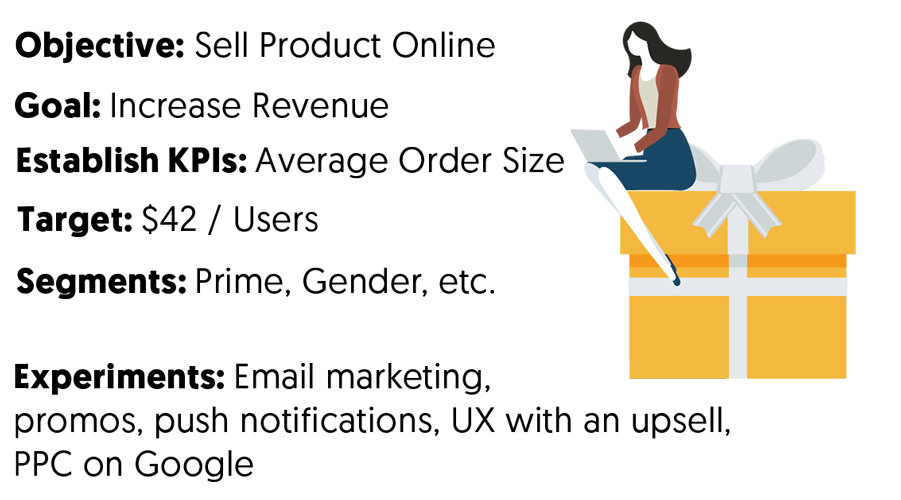
Their objective is to sell products online, the main goal is increasing revenue, their established KPI for this is the average order size and exact target number is 42 bucks, where they’re going to utilize this, is Prime users vs. Non-Prime users, Females vs. Males, People that are on the app vs. people that are online.
This is a nice way for you to break it down especially if you’re trying to manage a team where you can really show them how this is very much aligned with the main objective of the company and why it makes sense for this part of the funnel to be the top priority.
Conclusion and Tools To Use
We went through all the stages of the funnel, we actually talked about how to test all of your ideas and experiments along the funnel, how to prioritize them.
We discussed how you should manage your funnel, how to run experiments week to week.
I really hope you got something out of this article and that now you have more insight into what you should do to improve your business.

To recap everything into one sentence it would be impossible. But the key takeaway is to listen to your potential clients, really understand their problems, help them out with your product/service that specifically target those problems or needs.
Tools
Here are some of the tools that I have mentioned in this article, but I will mention a few more that could potentially help you even more.
Content Marketing Tools
BuzzSumo – When you want to know what is really popular and what kind of content you should create, with this tool you can see how “hot” something is.
CrowdFire – This is very simple and straightforward social media management tool. Just schedule your posts across all platforms and it will help you with content curation as well.
Email Capture Tools
Sumo – The most popular social share tool. I personally use the custom created tool because there are fewer complications once you have it, but Sumo is a really great alternative.
Page Performance Tools
Google Analytics – This is a must have for any website. You must know a least a bit about how your website is performing and Google Analytics can help you out.
HotJar – If you know what heatmaps are then probably you know about HotJar. This tool can help you to understand where people are clicking on your website, on which part of the page they are leaving etc.
Email Marketing Tools
MailChimp – One of the most popular tools for email marketing. It is simple to use, it is not expensive. There are tools out there that have more features, but for someone who doesn’t have a big business, this is a great tool.
Drip – This is the best tool for email marketing in my opinion. With this tool, you can really drill down who you will target and the better you segment your email subscribers, the more sales you will have.
Chat/Customer Service Tools
Intercom – Tools that everyone knows about when it comes to customer support/chat function. It is a bit pricey for some people, but if you have an e-commerce shop I would highly recommend this tool. There are a lot of features that compliment B2C websites.
Tip: You can have a custom chat where people will submit a question and you will respond to them via email. I have tested different versions of chat and this one works the best for me and my business.
This was fun for me to put together, thank you so much for taking the time to read an entire article and I hope that this will bring your business to the next level.
Please drop me a message if you have any kind of question and it would be awesome to comment and share your experience with me and others as well.
Did you like the article? Was it helpful? Let me know. Have a great one!


